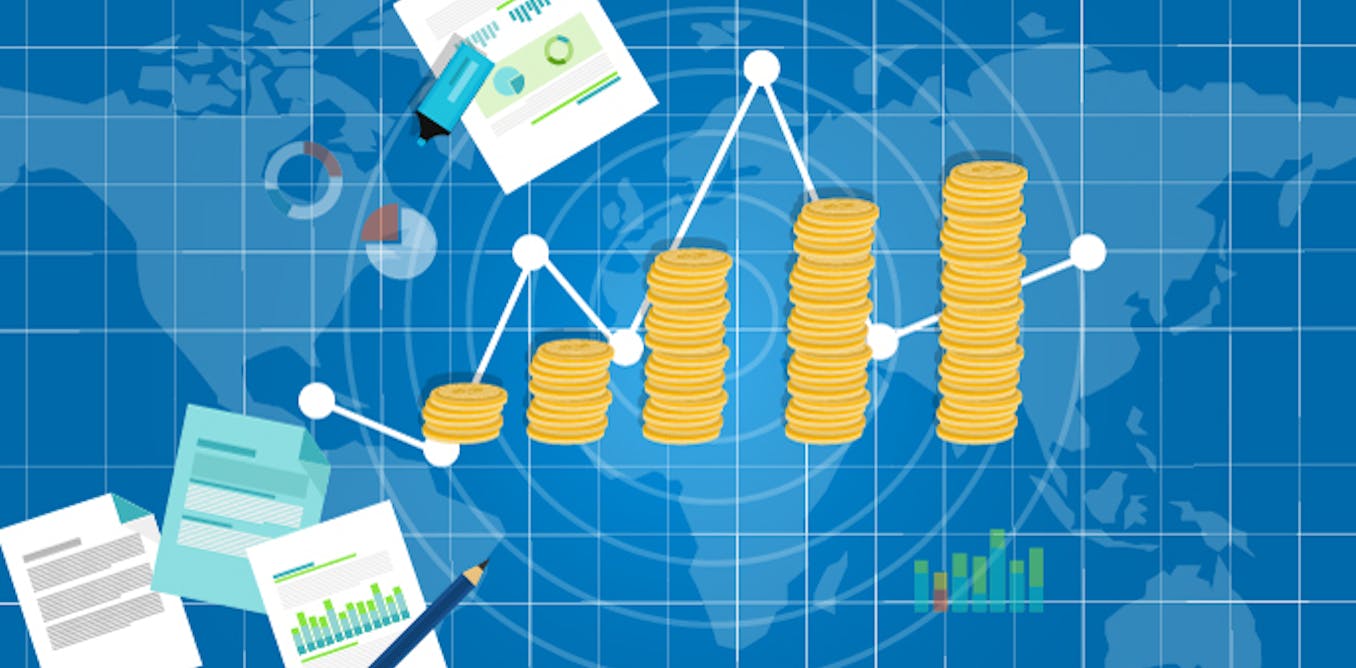We are living in a time when global trade, geopolitics, and national interests are clashing with unprecedented force. Traditional economic rules are evolving, and with them, our understanding of power. In this context, the strategic use of economic tools – such as tariffs, sanctions, or subsidies – to achieve political objectives (geoeconomics or economic statecraft) is gaining increasing relevance. This approach challenges many long-held assumptions, such as the efficiency of free markets or growth as a synonym for well-being.
New geopolitical actors are emerging. For decades, Gross Domestic Product (GDP) was the primary indicator of a country’s success. Higher GDP meant more wealth, more jobs, and more development. However, today, GDP does not tell the whole story. In a fragmented and competitive world, it is no longer just about how much is produced, but how it is produced, for what purpose, and who benefits. Thus, GDP is increasingly seen as a reflection of national power, a country’s ability to withstand crises, defend its interests, and maintain autonomy.
Globalization – which once promised shared prosperity through open markets, outsourcing, and interdependence – no longer dictates the course. Instead, a new multipolar map has emerged, with emerging powers like China and the BRICS, new alliances, and a return to economic nationalism. In this new order, national security, technological sovereignty, and strategic self-sufficiency weigh more heavily than efficiency or unrestricted free trade.
Governments are reclaiming the use of geoeconomics. It is no longer just about managing the domestic economy but using economic power to influence other countries, support allies, protect key sectors, and reduce vulnerabilities. The United States, for example, imposes tariffs on Chinese products not only for trade reasons but also to reduce external dependence and reindustrialize the country. Additionally, it heavily invests in strategic sectors like semiconductors and artificial intelligence to ensure its technological and military leadership.
China also uses its economic power as a tool of influence. It controls critical minerals and dominates key parts of global production. Through infrastructure loans, such as those offered in its Belt and Road Initiative, it expands its presence in many Global South countries.
In both cases, trade and investment are not neutral but deeply political. This landscape forces us to rethink what economic growth really means. A country that increases its GDP through cheap imports or by relocating production abroad may show good numbers but remains exposed to global disruptions or external pressures. In contrast, an economy that strengthens its industry, infrastructure, and technological capacity can be more robust and relevant, even if its growth is slower. This has significant implications:
For businesses and investors, focusing solely on GDP can be misleading. Today, geopolitical risks matter as much as economic ones. Sectors like defense, energy, or advanced technology may receive more state support and offer better long-term prospects. For citizens, this new approach may mean higher prices or fewer market options but also greater stability, local employment, and security.
Geoeconomics is not new. Major powers have always used trade and finance to influence the world. What changes now is the scale and speed at which this tool is employed. Sanctions, export controls, tax incentives, and industrial policy are now part of the strategic arsenal of many countries. Economic power is no longer measured solely by wealth but also by a country’s ability to defend its interests in an unstable world.
GDP remains important as a measure of economic development but is now also a measure of strategic strength.
— new from theconversation.com
